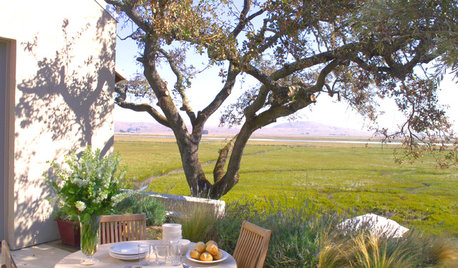Figs in Oklahoma
barton
17 years ago
Related Stories

PETSHouzz Call: Send in the Dogs
Have the greatest dog in the world? Share your best design photo featuring the dog you live or work with
Full Story
GARDENING AND LANDSCAPING8 European-Style Patios That Invite and Charm
Settle into a Spanish courtyard or fan yourself at a French farmhouse. These worldly patios will inspire outdoor relaxing anywhere
Full Story
HOUZZ TOURSHouzz Tour: Texas Family Trades Traffic Noise for Frog Songs
Modern glass and stone structures hug two waterways on a sprawling Texas Hill Country compound
Full StoryMore Discussions






Okiedawn OK Zone 7
bartonOriginal Author
Related Professionals
Port Royal Landscape Architects & Landscape Designers · Frisco Landscape Contractors · Woburn Landscape Contractors · Barrington Landscape Contractors · Milford Landscape Contractors · Pleasanton Landscape Contractors · White Bear Lake Landscape Contractors · Antioch Landscape Contractors · Tyngsboro Landscape Contractors · Norridge Landscape Contractors · Solana Beach Decks, Patios & Outdoor Enclosures · Albemarle Decks, Patios & Outdoor Enclosures · Dedham Decks, Patios & Outdoor Enclosures · Lansdale Decks, Patios & Outdoor Enclosures · Livingston Decks, Patios & Outdoor EnclosuresOkiedawn OK Zone 7
Annie
prbphys
bartonOriginal Author